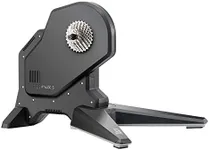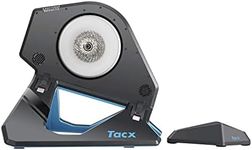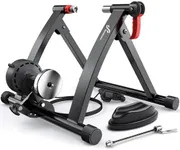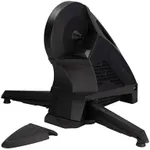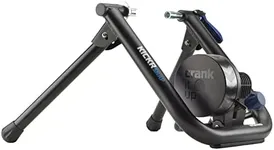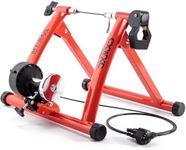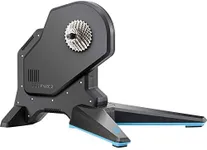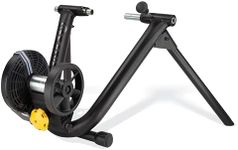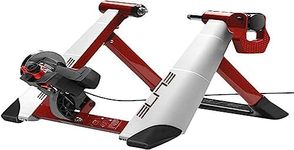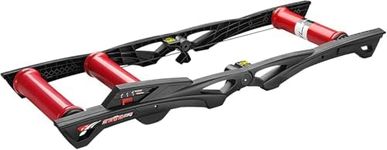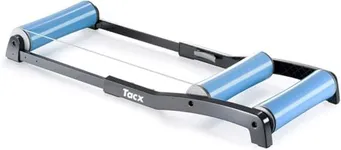Buying Guide for the Best Bicycle Trainers
Choosing a bicycle trainer is all about matching your indoor cycling needs with the right features. Bicycle trainers let you ride your regular bike indoors, making them great for training during bad weather or when you want a controlled environment. The best trainer for you depends on how realistic you want the ride to feel, how much noise you can tolerate, and what kind of workouts you plan to do. Think about your goals—whether it's casual exercise, serious training, or virtual racing—and let those guide your decision.Type of TrainerThe type of trainer refers to how the device creates resistance and how your bike attaches to it. The main types are wheel-on, direct-drive, and rollers. Wheel-on trainers are easy to set up and good for beginners, but may be less accurate and noisier. Direct-drive trainers require you to remove your rear wheel and attach your bike directly, offering a quieter and more realistic ride, plus better power measurement. Rollers let you balance and pedal freely, which improves bike handling skills but can be harder for beginners. Choose the type based on your comfort with setup, your need for realism, and how much you value quiet operation.
Resistance MechanismThis spec describes how the trainer creates resistance against your pedaling. The main types are magnetic, fluid, and electronic (smart) resistance. Magnetic trainers are simple and reliable, with adjustable resistance levels, but can feel less smooth. Fluid trainers offer a more road-like feel and get harder as you pedal faster, but can heat up over long sessions. Electronic or smart trainers can automatically adjust resistance based on virtual courses or training apps, making them ideal for interactive workouts. Pick the resistance type that matches your training style—manual for simple workouts, or smart for interactive and varied sessions.
Noise LevelNoise level is how loud the trainer is when in use. Some trainers, especially older or basic models, can be quite noisy, which might be a problem if you live in an apartment or want to ride early in the morning. Direct-drive and fluid trainers are usually quieter, while wheel-on magnetic trainers tend to be louder. If you need a quiet setup, look for trainers specifically noted for low noise, and consider your living situation when making your choice.
CompatibilityCompatibility means whether your bike will fit on the trainer. Not all trainers work with every bike, especially if you have a bike with thru-axles, disc brakes, or unusual wheel sizes. Check the trainer's specifications for supported axle types and wheel sizes. Make sure your bike matches these requirements to avoid frustration and extra costs for adapters.
Connectivity and Smart FeaturesThis refers to whether the trainer can connect to apps and devices via Bluetooth or ANT+. Smart trainers can link to training apps, track your performance, and even simulate hills or races. If you want to use virtual cycling platforms or track your workouts, look for trainers with these features. If you just want to pedal without any tech, a basic trainer without connectivity will do.
Stability and PortabilityStability is about how solid the trainer feels when you're riding, especially during hard efforts. A stable trainer is safer and more comfortable. Portability refers to how easy it is to move or store the trainer. If you have limited space or plan to move the trainer often, look for a model that folds up or is lightweight. If you want to do intense workouts, prioritize stability.
Power MeasurementPower measurement tells you how much effort you're putting into your ride, usually in watts. Some trainers have built-in power meters, while others estimate power or require a separate device. Accurate power measurement is important for structured training and tracking progress. If you're serious about training, look for a trainer with reliable power measurement. For casual use, this feature may not be necessary.
